Multigrain Bread [Soft & Chewy]
recipe adapted from The Bread Baker's Apprentice
Baker’s Note: This bread begins with a soaker. This might seem a little daunting - like you are entering an entirely new level of baking - but it is simple! I promise! During the testing process I had approached this recipe with trepidation, but my fears were put to rest after the first trial. It is just a simple step that adds great depth to your bread and make you feel pretty accomplished too.
for the soaker
- 3 tablespoons millet
- 3 tablespoons rolled oats
- 2 tablespoons wheat bran
- 1/4 cup filtered water
The day before you plan on baking your bread, prepare the soaker. Combine millet, rolled oats, wheat bran in a small bowl and cover with water. Stir just to combine and cover with plastic wrap. Leave the bowl at room temperature and allow to sit overnight.
for the dough
- 13.5 ounces bread flour (you may need to increase this amount up to 5 ounces more, in order to bring the dough together) + extra for rolling and shaping
- 3 tablespoons brown sugar
- 1 1/2 teaspoons salt
- 1 tablespoon instant yeast
- 1 1/2 tablespoons honey
- 1/2 cup buttermilk
- 3/4 cup filtered water, room temperature
- nonstick spray
- 2 teaspoons rolled oats
- 1 teaspoon wheat bran
In the bowl of your stand mixer, combine flour, sugar, salt, and yeast. Add in your prepared soaker, along with the honey, buttermilk, and water.
Fit your mixer with the paddle attachment and mix on low speed until the ingredients form a ball. If the dough is not coming together, add up to 5 ounces of extra bread flour.
Transfer the dough to a well-floured countertop and read for about 12 minutes, sprinkling with flour as needed. The dough should be pliable, but not sticky. Alternately, you can knead the dough in your stand mixer with the dough hook. Knead for 10 minutes in the mixer and then finish by kneading for an additional 2 minutes by hand.
At the end of the kneading process the dough should pass the windowpane test and should read at 77 to 81 degrees F.
Coat a large bowl with nonstick spray and place the dough in the bowl; turn to coat. Cover with plastic wrap and allow to rise at room temperature for 90 minutes; until the dough has doubled in size.
Turn the dough out unto a well-floured surface and punch it down gently. Use a rolling pin to shape the dough into a rectangle. It should be 3/4-inch in thickness, 6 inches wide, and 8 inches long. Form the dough into a load by folding in the two ends of the rectangle, as if you were forming an envelope. Place the dough into a 9x5 loaf pan that has been greased with nonstick spray and lined with parchment paper.
Spray the top of the loaf with nonstick spray and sprinkle with rolled oats and wheat bran. Cover loosely with plastic wrap and allow to proof for 90 minutes, or until the loaf has just about doubled in size.
Preheat oven to 350 degrees F.
Bake the bread for 25-40 minutes, until the top of the loaf is deep golden brown and the internal temperature of the loaf reads at 185-190 degrees F.
Place the loaf on a cooling rack to cool for one hour, or until your senses can no longer stand the anticipation. Enjoy!
Multigrain Bread [Hearty Sandwich Bread]
recipe adapted from The Bread Baker's Apprentice
for the soaker
- 3 tablespoons millet
- 3 tablespoons rolled oats
- 2 tablespoons wheat bran
- 1/4 cup filtered water
The day before you plan on baking your bread, prepare the soaker. Combine millet, rolled oats, wheat bran in a small bowl and cover with water. Stir just to combine and cover with plastic wrap. Leave the bowl at room temperature and allow to sit overnight.
for the dough
- 10 ounces bread flour (you may need to increase this amount up to 4 ounces more, in order to bring the dough together)
- 3.5 ounces whole wheat flour
- 3 tablespoons brown sugar
- 1 1/2 teaspoons salt
- 1 tablespoon instant yeast
- 1 1/2 tablespoons honey
- 1/2 cup buttermilk
- 3/4 cup filtered water, room temperature
- nonstick spray
- 2 teaspoons rolled oats
- 1 teaspoon wheat bran
In the bowl of your stand mixer, combine flours, sugar, salt, and yeast. Add in your prepared soaker, along with the honey, buttermilk, and water.
Fit your mixer with the paddle attachment and mix on low speed until the ingredients form a ball. If the dough is not coming together, add up to 5 ounces of extra bread flour.
Transfer the dough to a well-floured countertop and read for about 12 minutes, sprinkling with flour as needed. The dough should be pliable, but not sticky. Alternately, you can knead the dough in your stand mixer with the dough hook. Knead for 10 minutes in the mixer and then finish by kneading for an additional 2 minutes by hand.
At the end of the kneading process the dough should pass the windowpane test and should read at 77 to 81 degrees F.
Coat a large bowl with nonstick spray and place the dough in the bowl; turn to coat. Cover with plastic wrap and allow to rise at room temperature for 90 minutes; until the dough has doubled in size.
Turn the dough out unto a well-floured surface and punch it down gently. Use a rolling pin to shape the dough into a rectangle. It should be 3/4-inch in thickness, 6 inches wide, and 8 inches long. Form the dough into a load by folding in the two ends of the rectangle, as if you were forming an envelope. Place the dough into a 9x5 loaf pan that has been greased with nonstick spray and lined with parchment paper.
Spray the top of the loaf with nonstick spray and sprinkle with rolled oats and wheat bran. Cover loosely with plastic wrap and allow to proof for 90 minutes, or until the loaf has just about doubled in size.
Preheat oven to 350 degrees F.
Bake the bread for 25-40 minutes, until the top of the loaf is deep golden brown and the internal temperature of the loaf reads at 185-190 degrees F.
Place the loaf on a cooling rack to cool for one hour, or until your senses can no longer stand the anticipation. Enjoy!



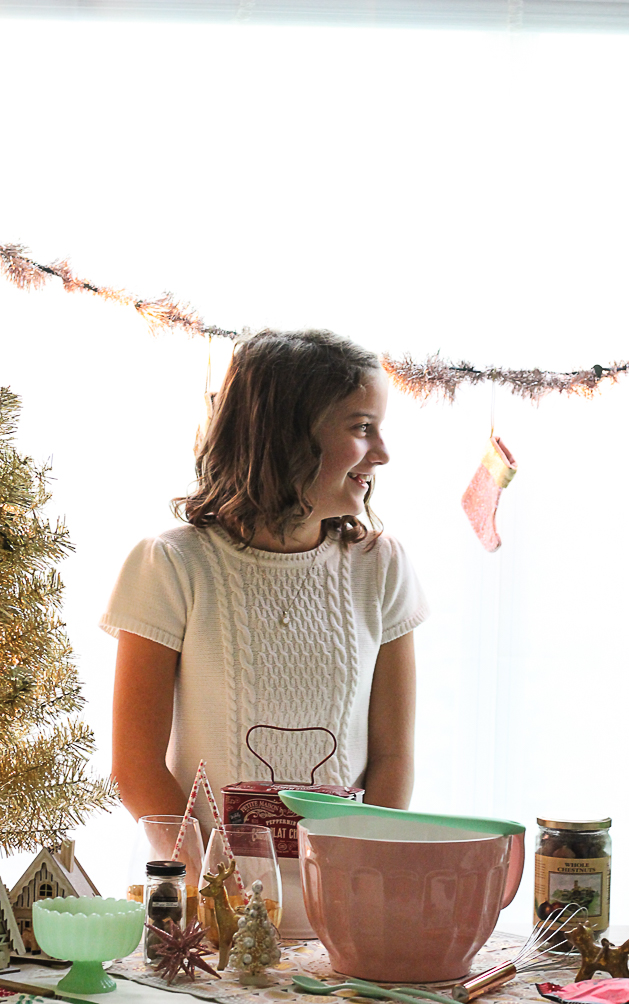
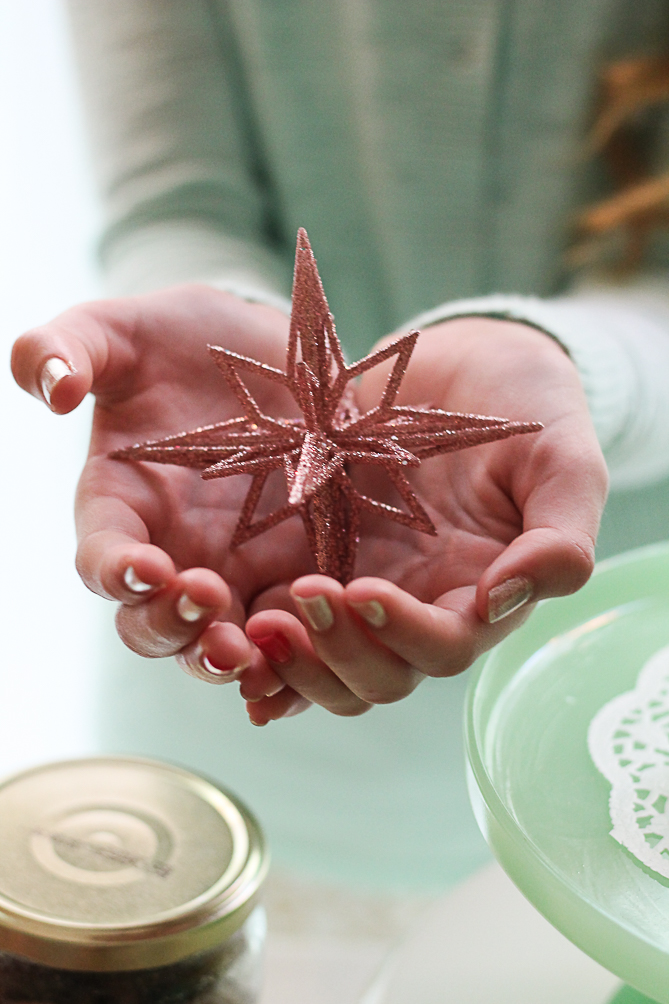
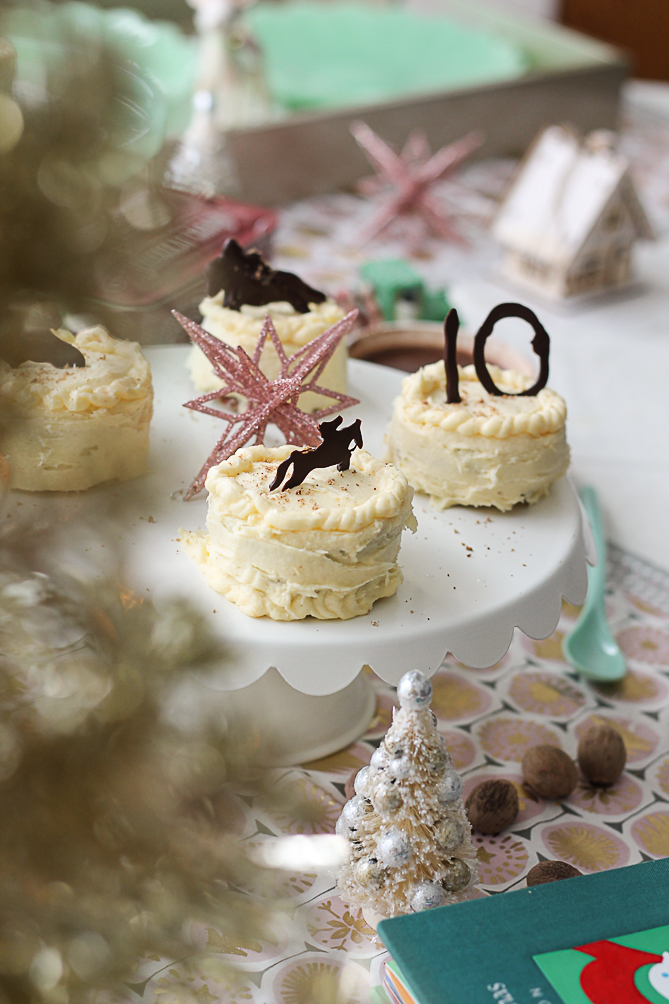



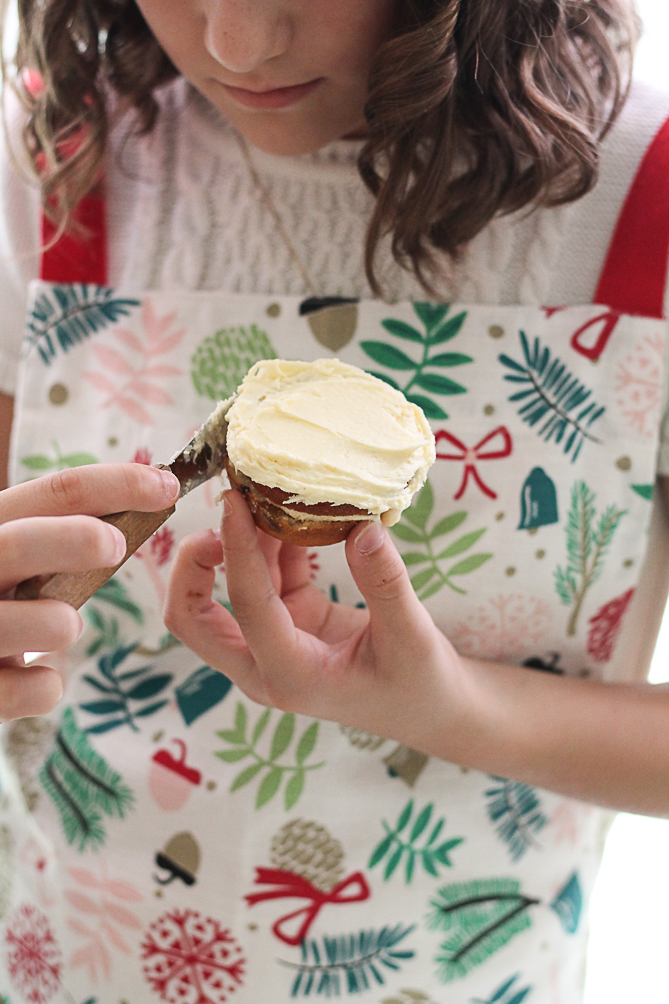
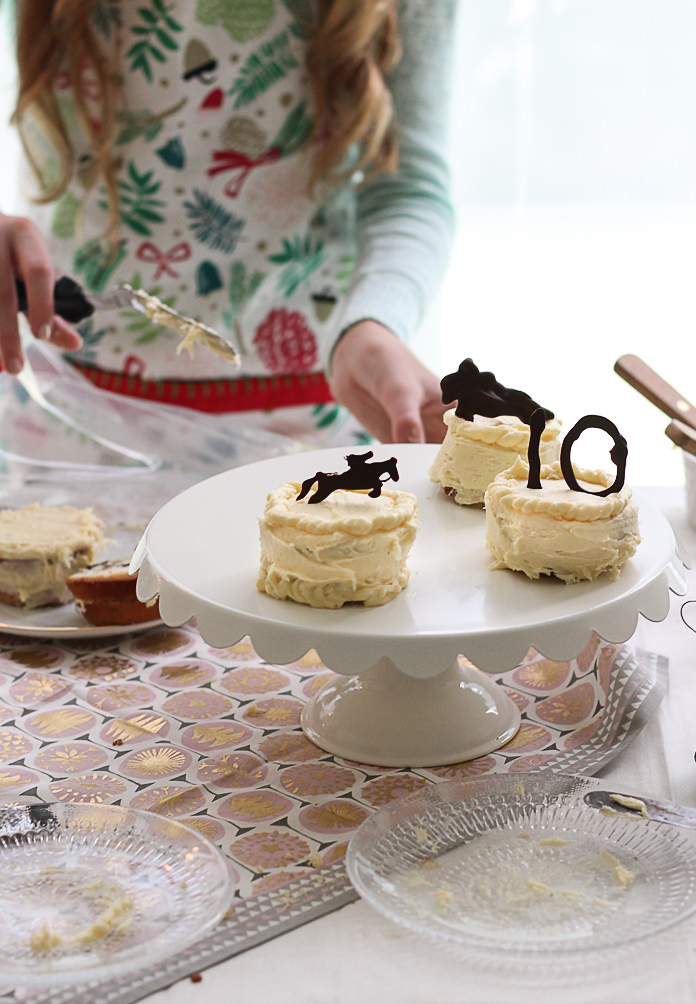

![Eggnog Custard with Salted Caramel Popcorn [ www.pedanticfoodie.com ]](https://images.squarespace-cdn.com/content/v1/5150ff2ae4b07a397217c428/1543944404307-IM5WCWVECUQOJ8K4NG5G/Eggnog+Custard+with+Salted+Caramel+Popcorn+%5B+www.pedanticfoodie.com+%5D)





























![These Spiced Pumpkin Madeleines with Brown Butter Glaze are the perfect accompaniment to your PSL!! [ www.pedanticfoodie.com ]](https://images.squarespace-cdn.com/content/v1/5150ff2ae4b07a397217c428/1536443936167-1N4LRLM898ID16R3EYAA/These+Spiced+Pumpkin+Madeleines+with+Brown+Butter+Glaze+are+the+perfect+accompaniment+to+your+PSL%21%21+%5B+www.pedanticfoodie.com+%5D)
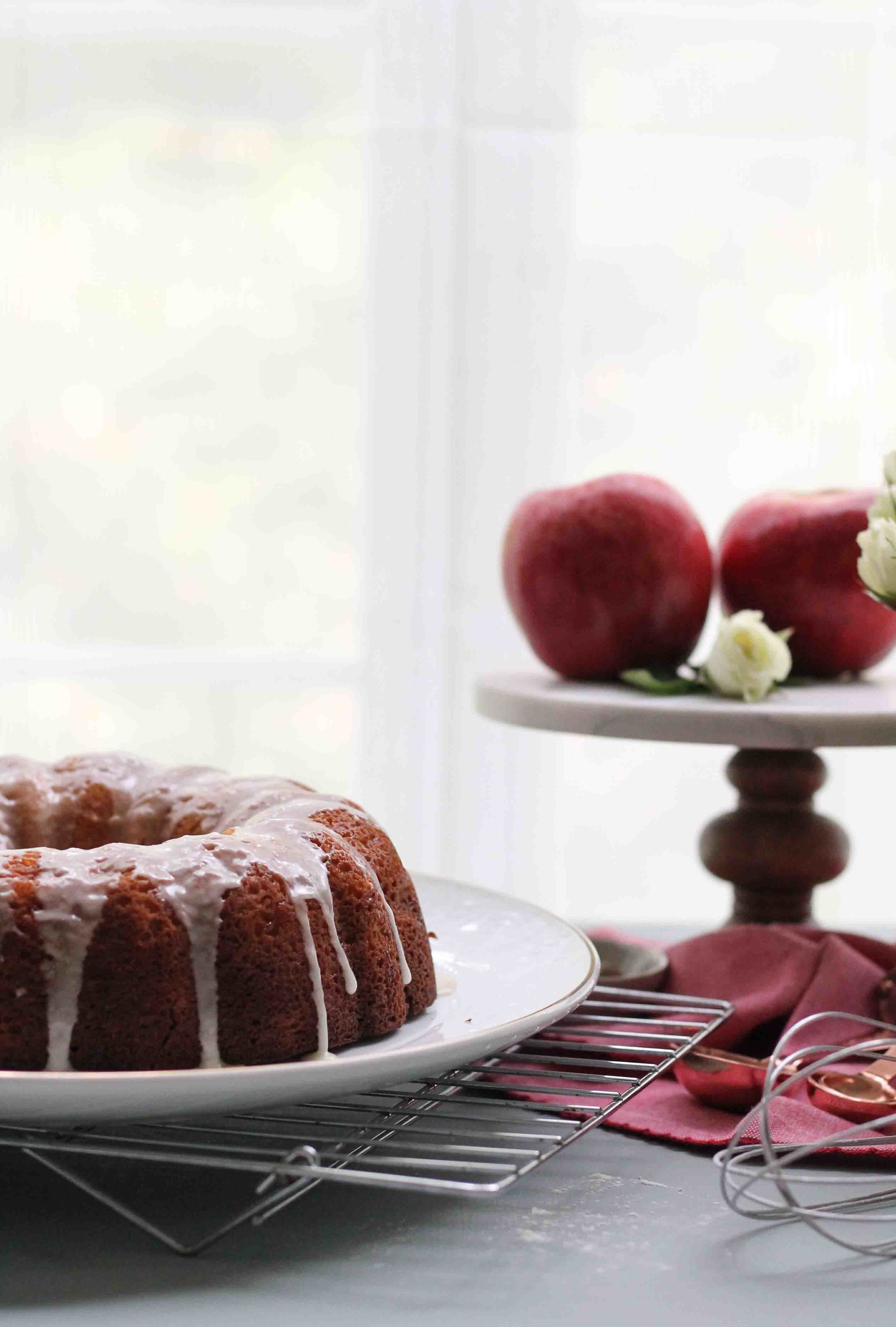
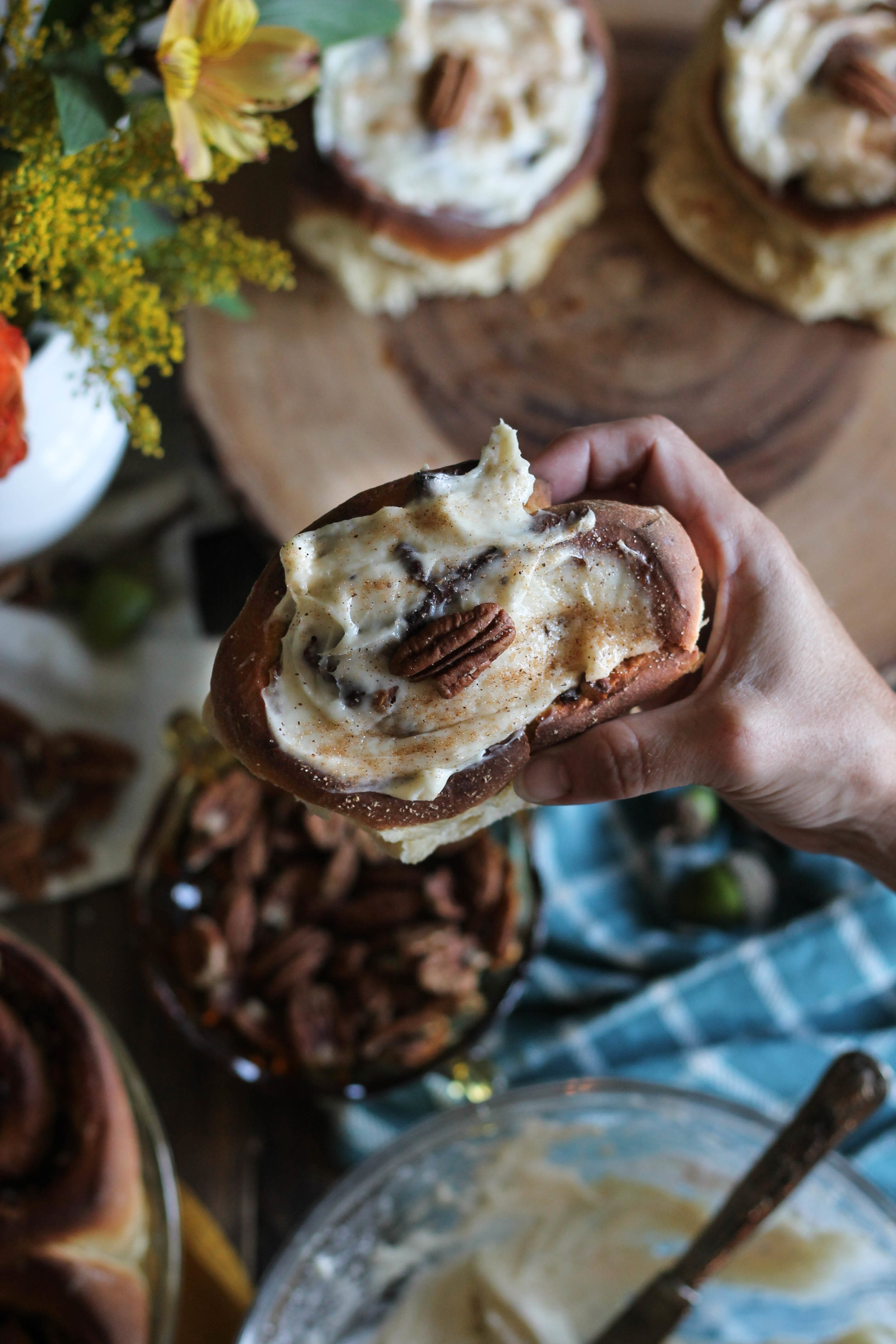







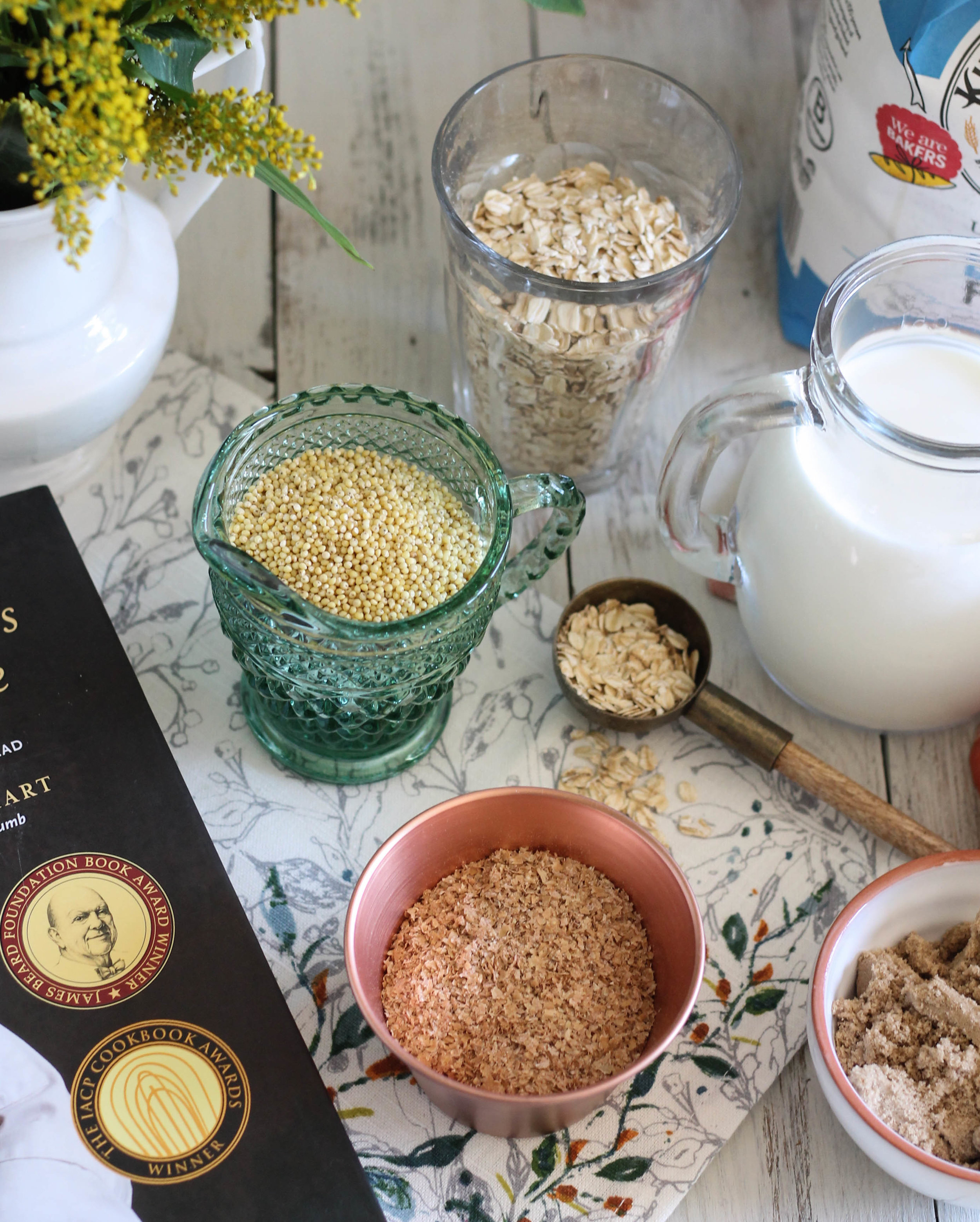
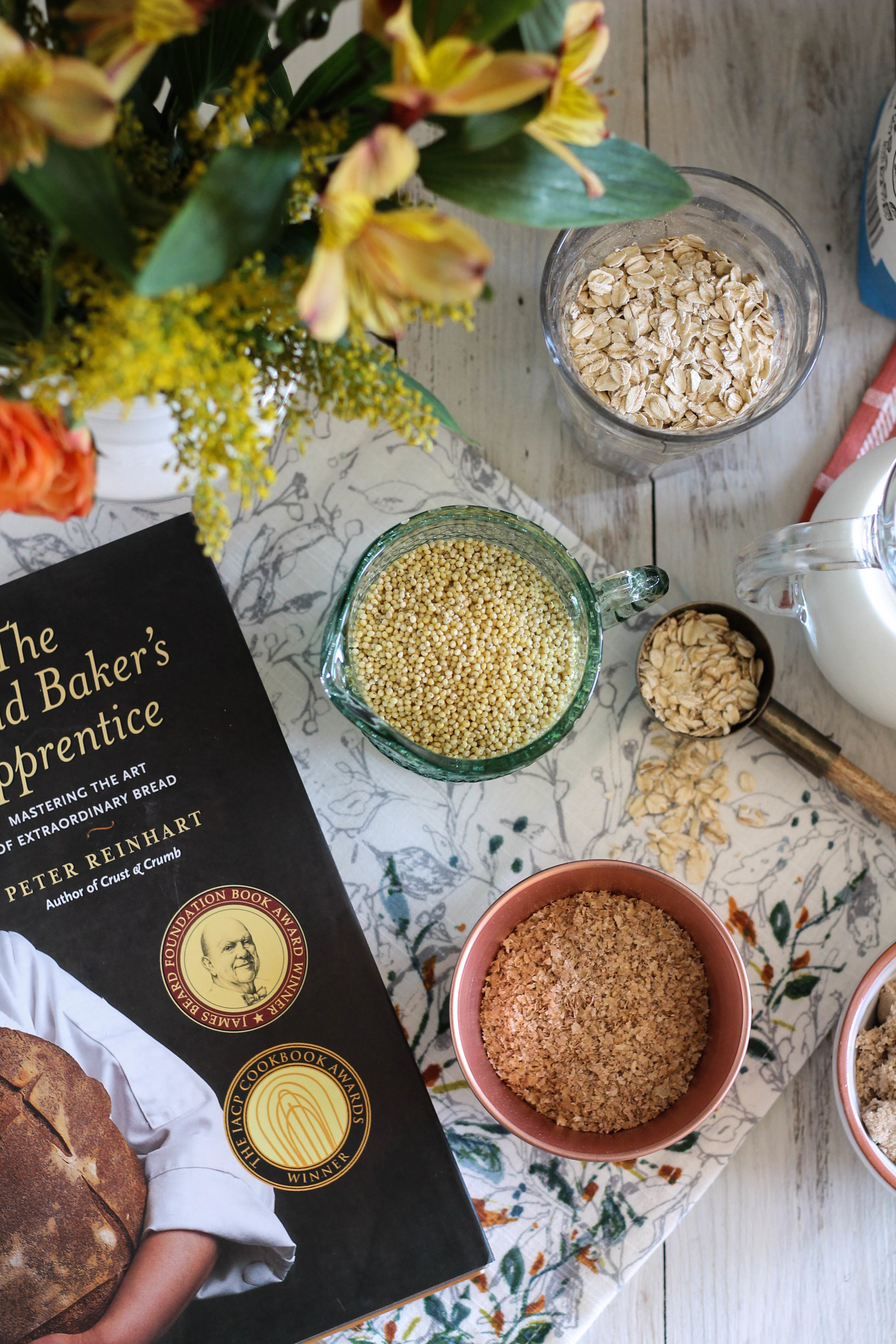
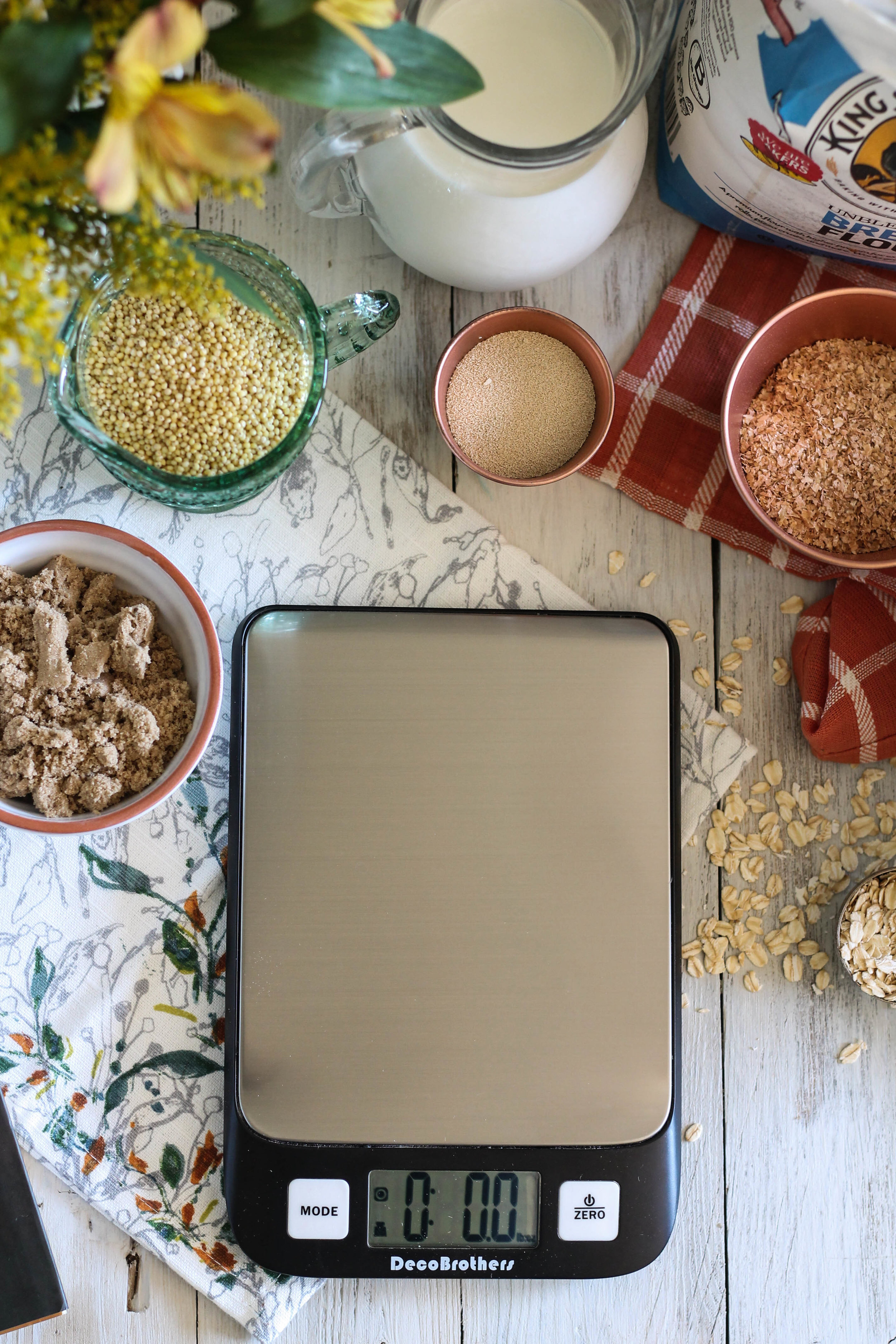

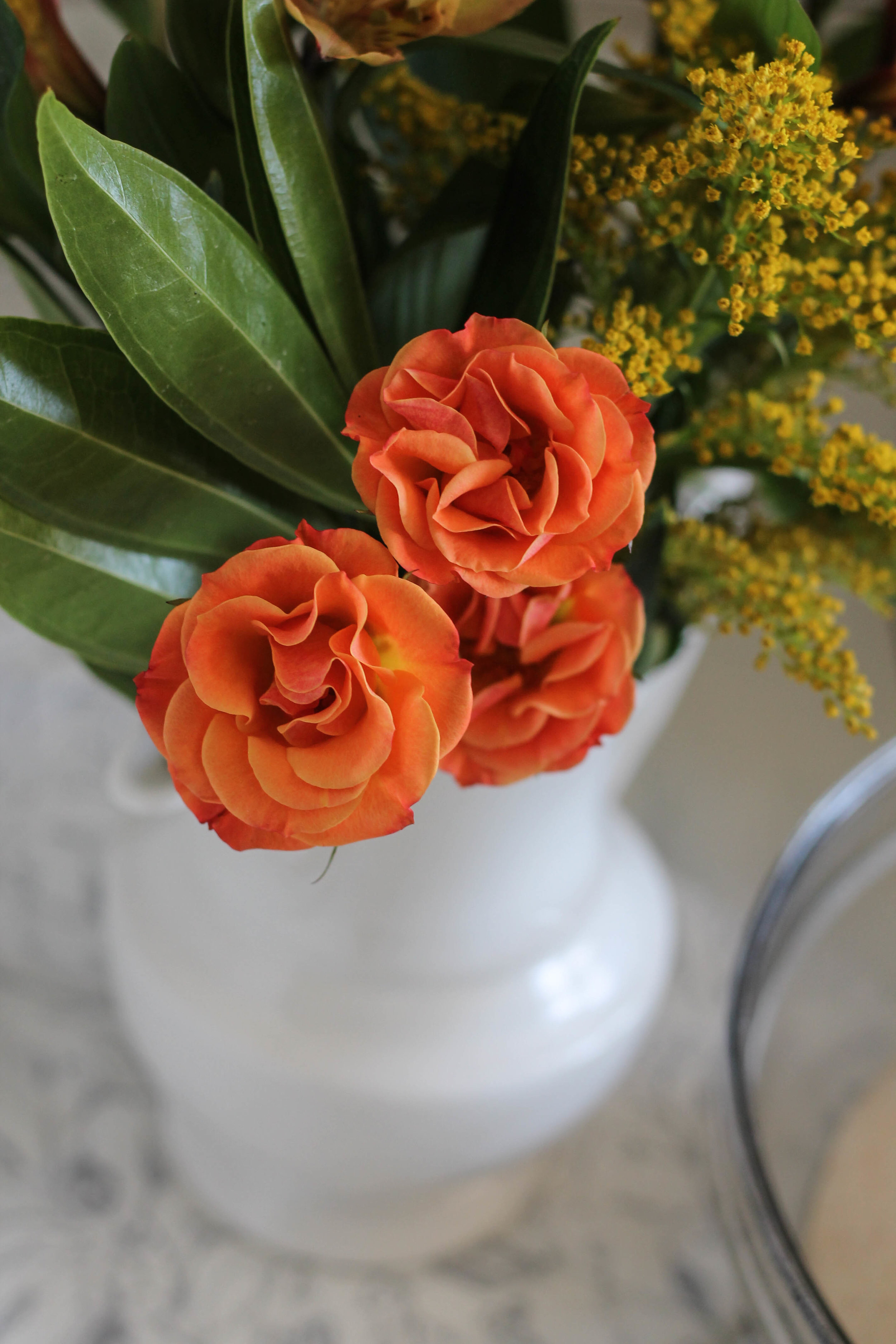
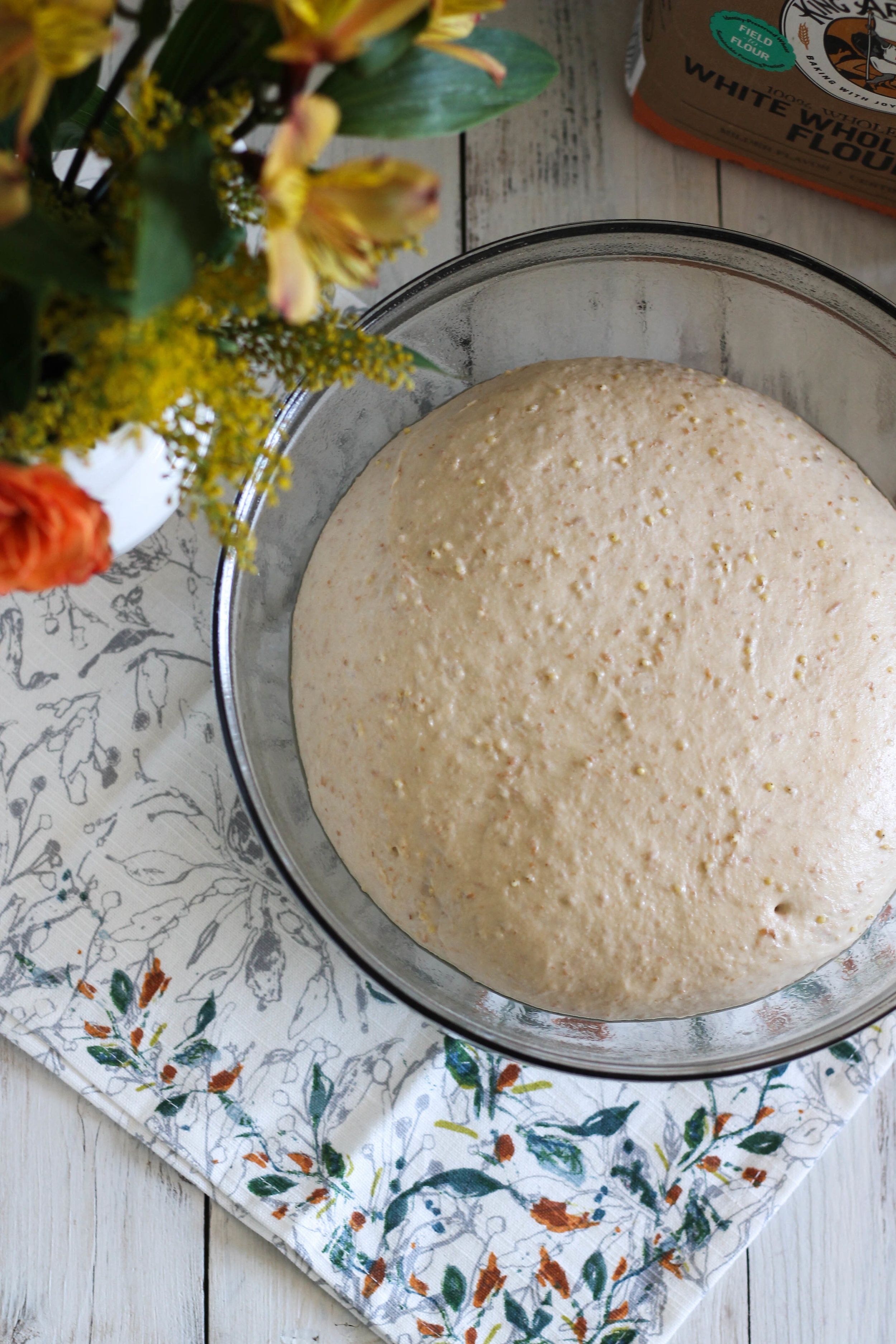


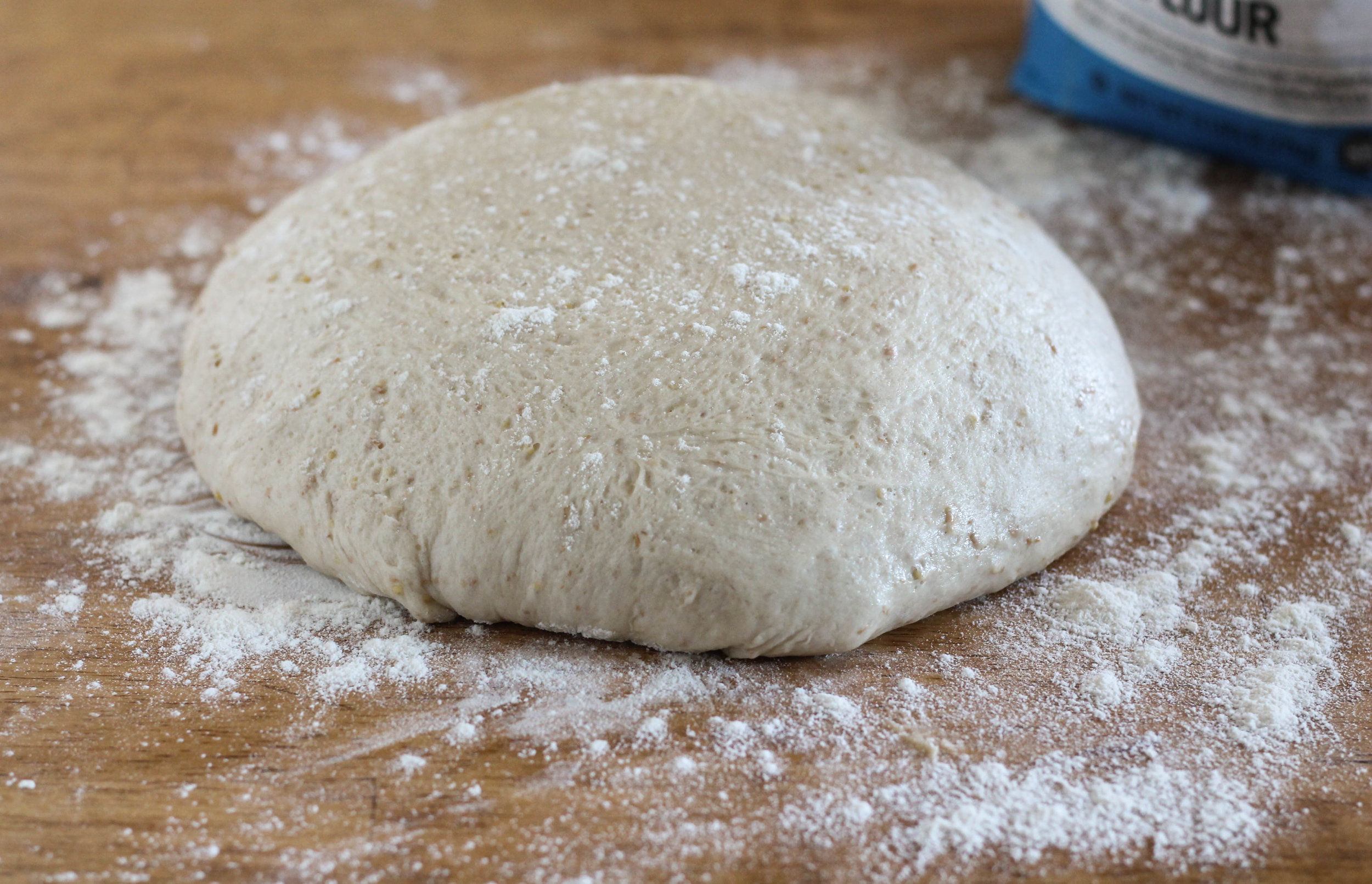
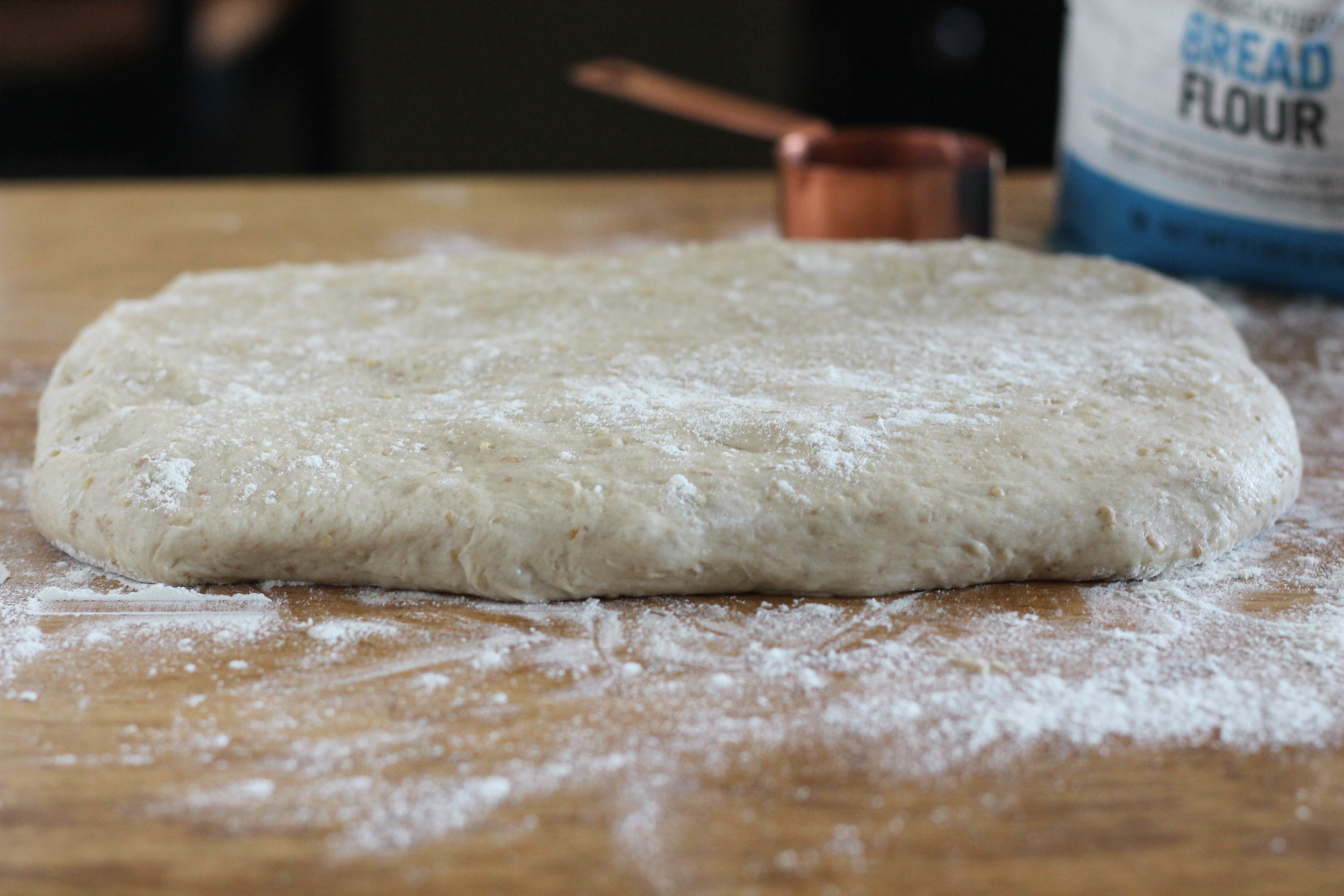
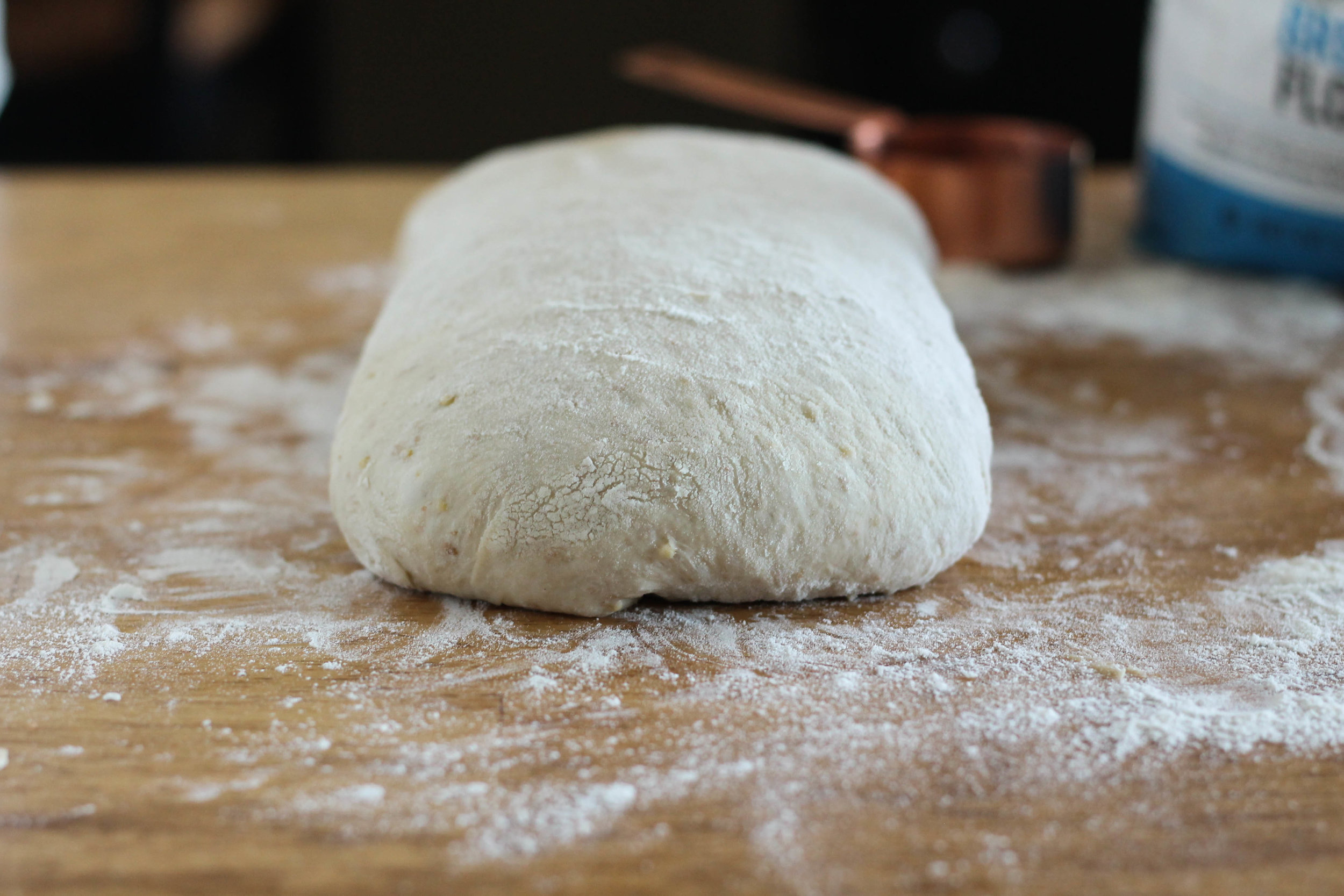




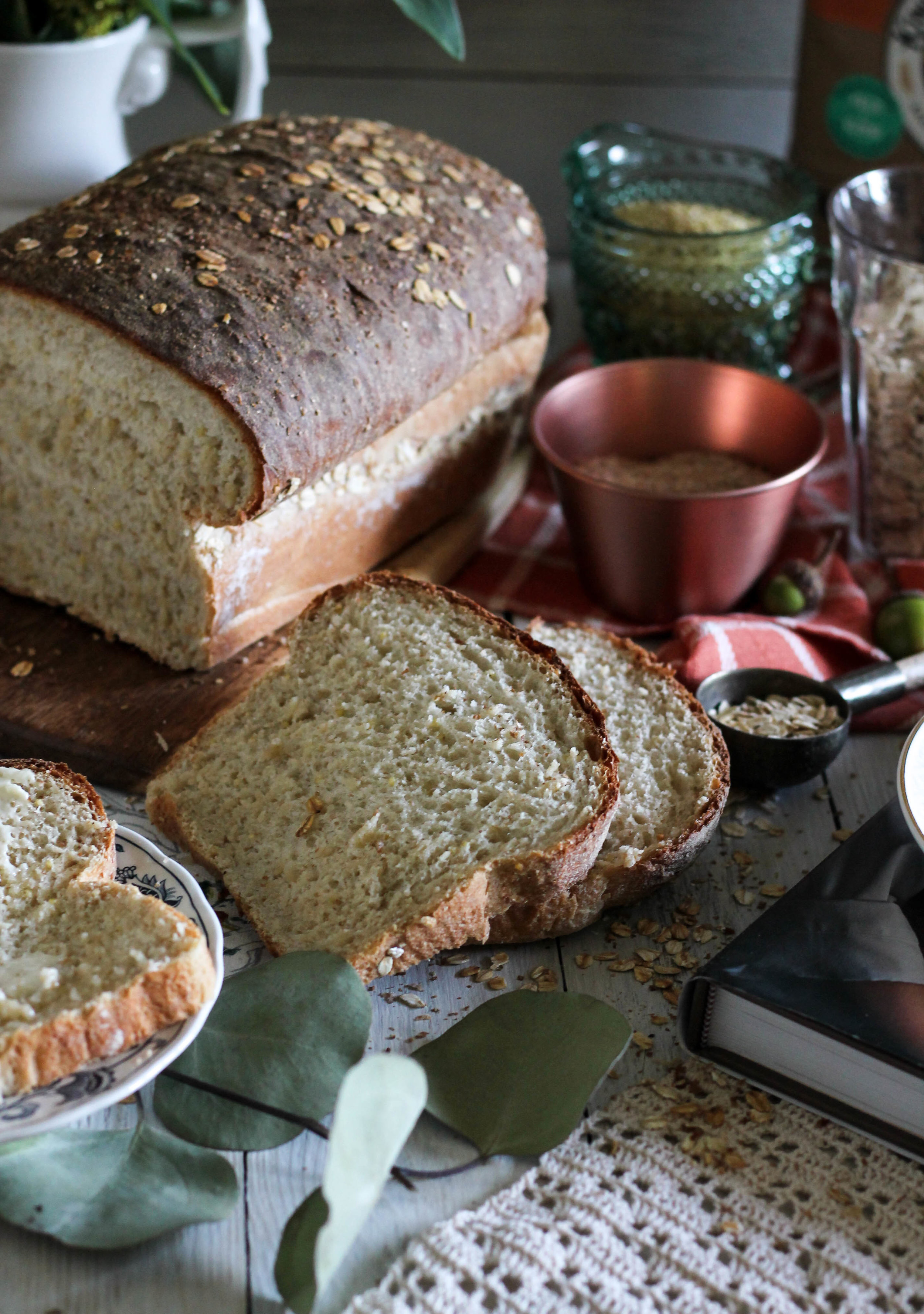
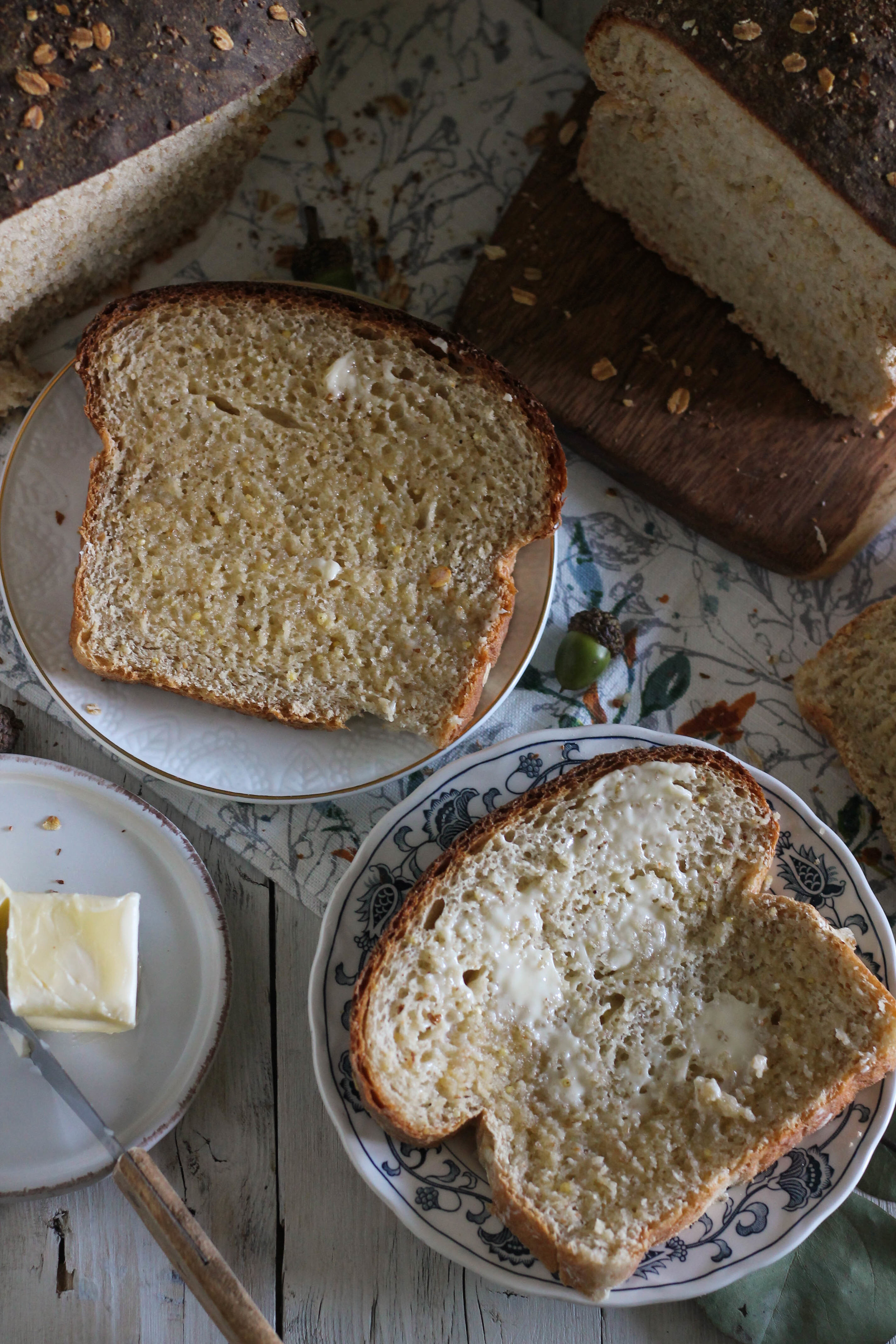

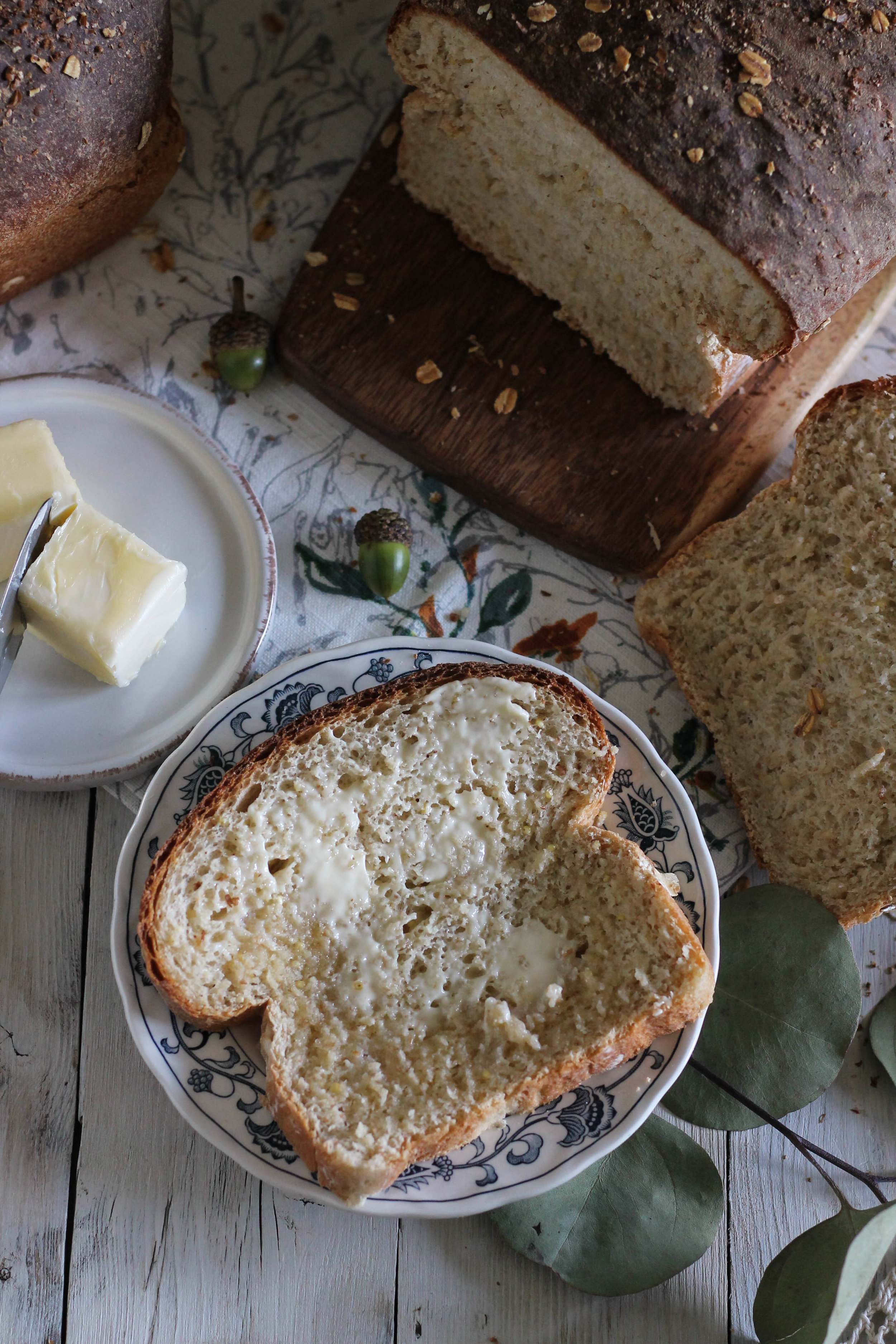
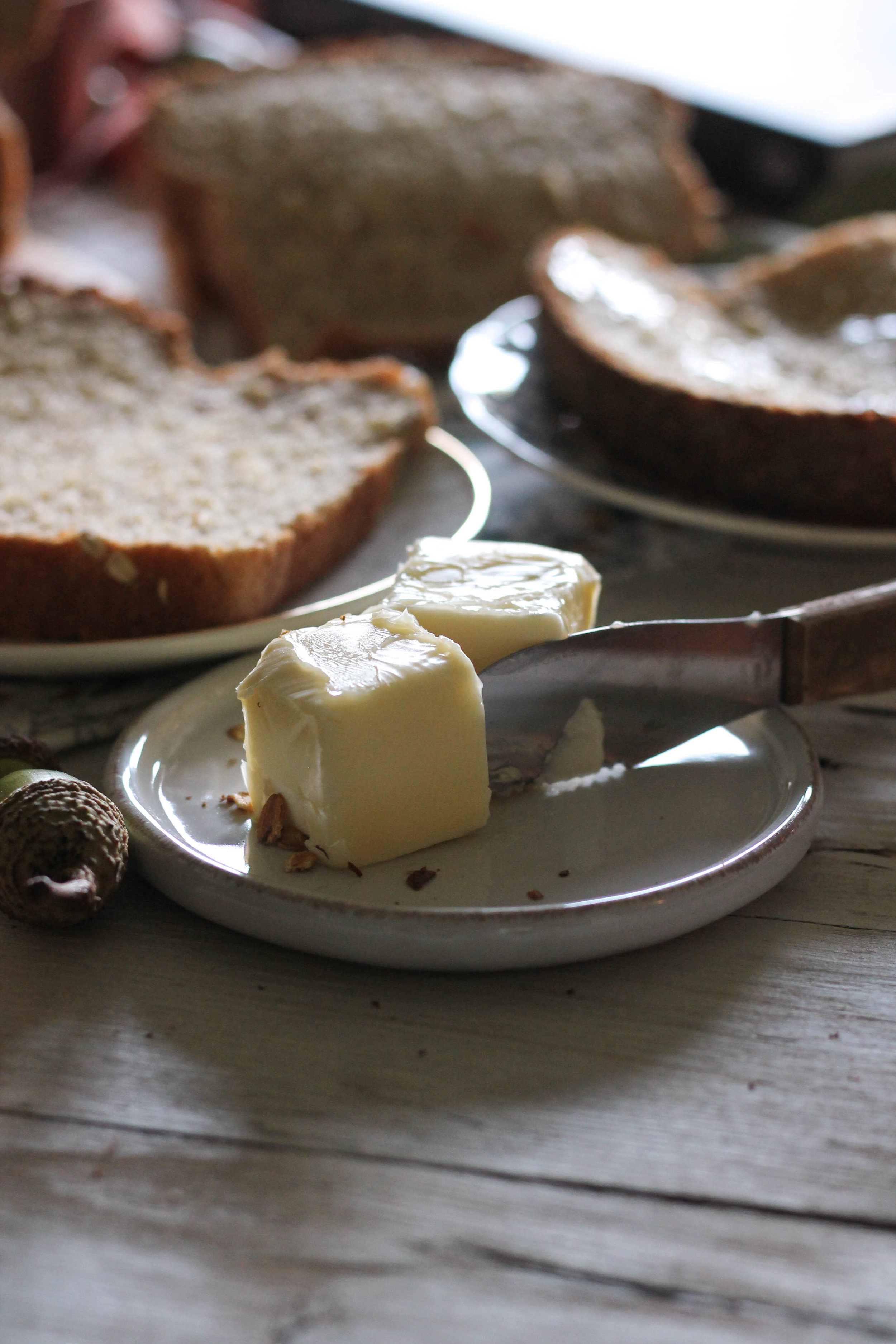


![Tart Cherry & Cream Cheese Pretzel Turnovers [ WWW.PEDANTICFOODIE.COM ]](https://images.squarespace-cdn.com/content/v1/5150ff2ae4b07a397217c428/1525377109047-77S8O0R4W0OUN7NR0SGA/Tart+Cherry+%26+Cream+Cheese+Pretzel+Turnovers+%5B+WWW.PEDANTICFOODIE.COM+%5D)
![BANANA BREAD CINNAMON ROLLS WITH WALNUT PRALINE WILL CHANGE YOUR LIFE [ www.pedanticfoodie.com ]](https://images.squarespace-cdn.com/content/v1/5150ff2ae4b07a397217c428/1523476248139-NIZ8OO88CGMXV2S7J8R1/BANANA+BREAD+CINNAMON+ROLLS+WITH+WALNUT+PRALINE+WILL+CHANGE+YOUR+LIFE+%5B+www.pedanticfoodie.com+%5D)





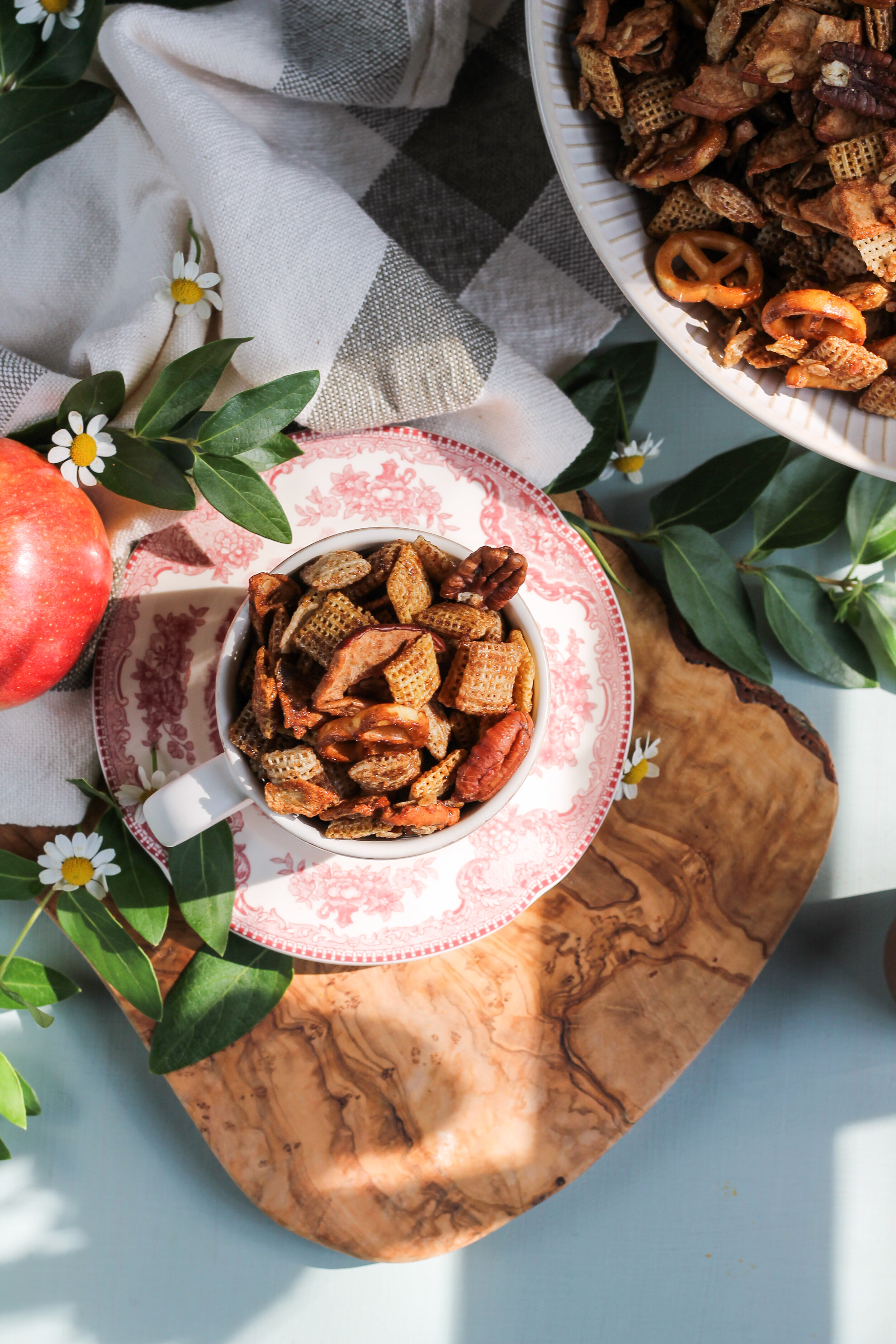




Weeks of anticipation, scheming and dreaming come to fruition today and I am so excited to share this with you!